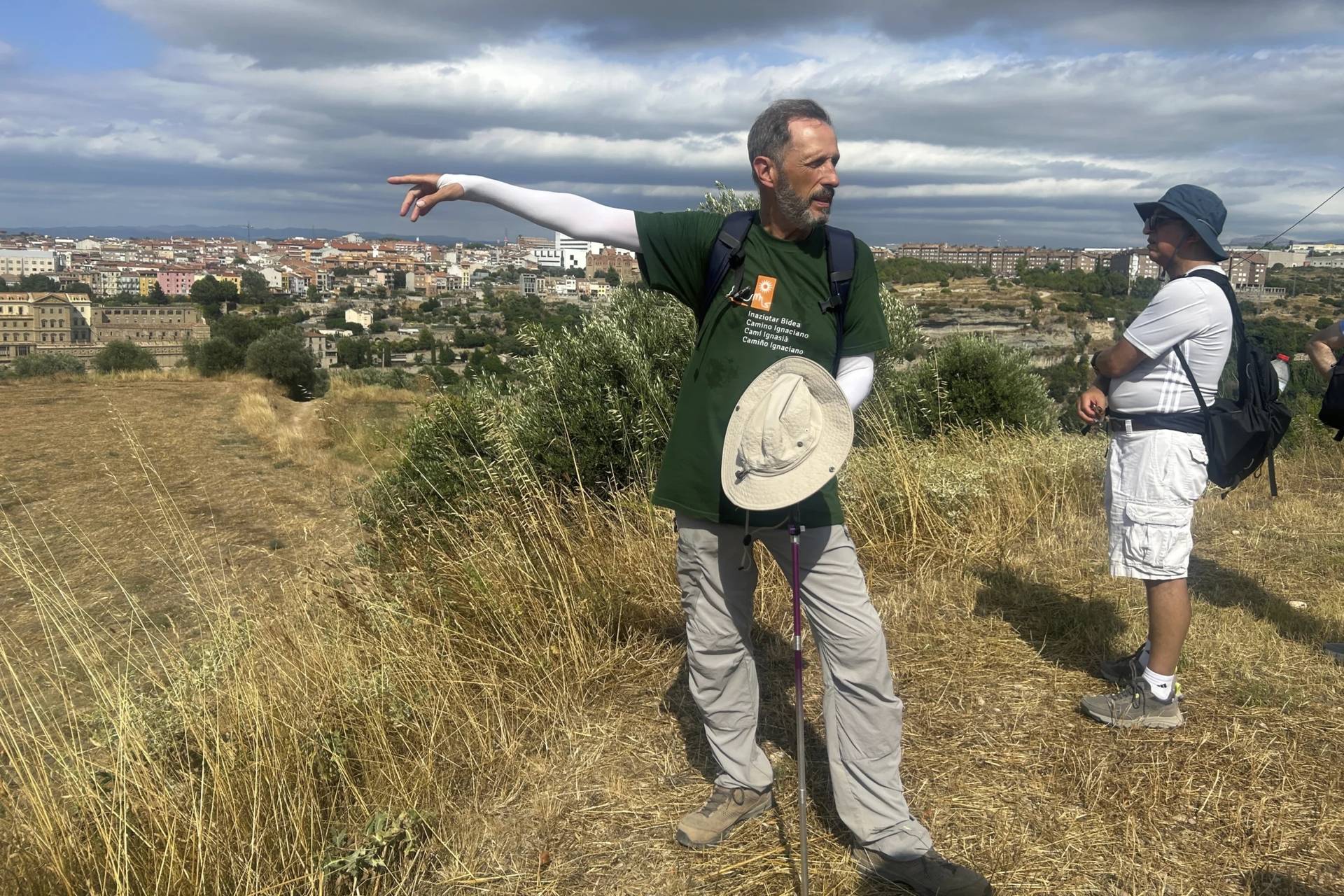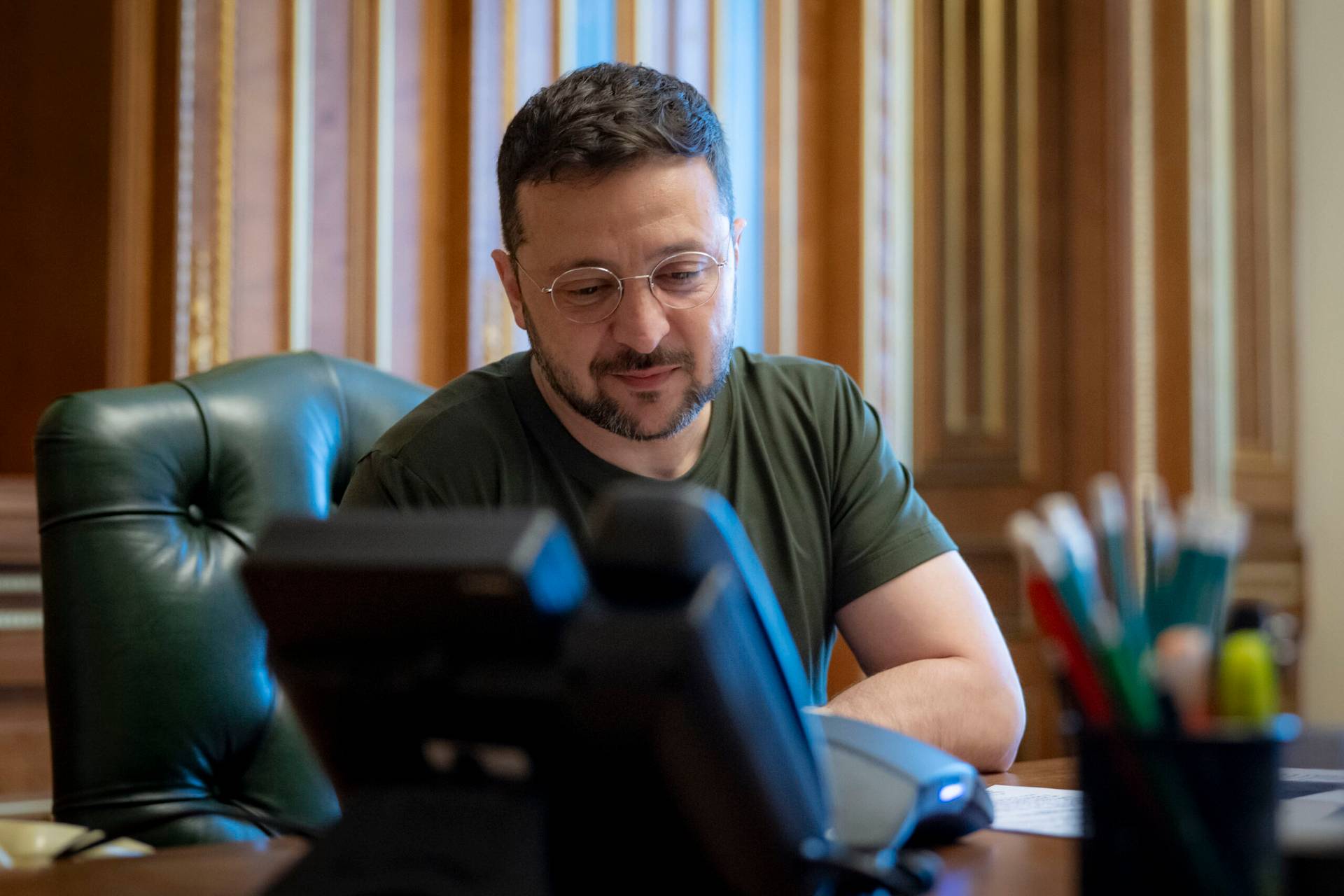BRATISLAVA — Pope Francis is flying to the eastern part of Slovakia today towards Košice, where he will visit the largest neighborhood for the Roma ethnic community in Europe.
Slovakia is home to some 350,000 Roma people, commonly referred to as gypsies. One hundred years ago, they still lived a nomadic life, making their living as blacksmiths, barbers, and fortunetellers.
Francis will visit Luník IX, an infamous housing settlement for the segregated Roma community that is only 15 minutes away from the center of the country’s second largest city.
Many Slovaks are frustrated by the fact that the pope is going to the area, and are ashamed of the poverty, discrimination and the sub-par living standards of the Roma neighborhood.
Luník IX was built in the 1970s for 2,500 people, and is today inhabited by almost twice that. It was built as part of the widespread efforts of the communist regime to force the community to settle, although it led to the formation of ghettos.
The failure to pay rent by those living in the Luník IX district has seen supplies of gas, water, and electricity cut off to many buildings, and unemployment among residents is nearly 90 percent.
Though a majority of Slovaks deny any anti-Gypsy bias in the country, the resentment towards this district is such that neighbors living on the other side have more than once attempted to build a wall that would keep the Roma inside.
“After learning of Pope Francis’s arrival in Slovakia and especially Košice-Luník IX, I remembered the day of his election, when he said that the cardinals had gone to the end of the world to find the pope,” said Father Peter Veselský, a Salesian who runs the center Francis will visit in this ghetto. “And now, this pope who came from the end of the world, will be looking at people who live at the end of the world.”
“Roma often live isolated from others and the Holy Father comes to reduce this isolation and to build bridges, so that Roma also feel members of society, members of the Church,” he said ahead of the visit.
The Salesians have had a mission in this neighborhood since 2008, when the local bishop asked them to work there.
It is estimated that 90 percent of Czechoslovakian Roma community died during the Nazi occupation. It is believed that between 220,000 and 500,000 Roma, between 25 percent and 50 percent of their entire population in Europe, died during the Gypsy Holocaust, or “Porajmos”, which is remembered every year on August 2.
The Romani Holocaust Memorial Day commemorates the events of August 2-3, 1944, during which nearly 3,000 Roma – mainly women, children and the elderly – were murdered in the Nazi extermination camp Auschwitz-Birkenau.
Between 1966 and 1989, thousands of Roma women were illegally sterilized by the communist regime after the authorities labeled Roma women as “culturally inferior.”
Pope Francis has met with Roma communities several times throughout his pontificate, both in Rome and on his international trips.
Follow Inés San Martín on Twitter: @inesanma















